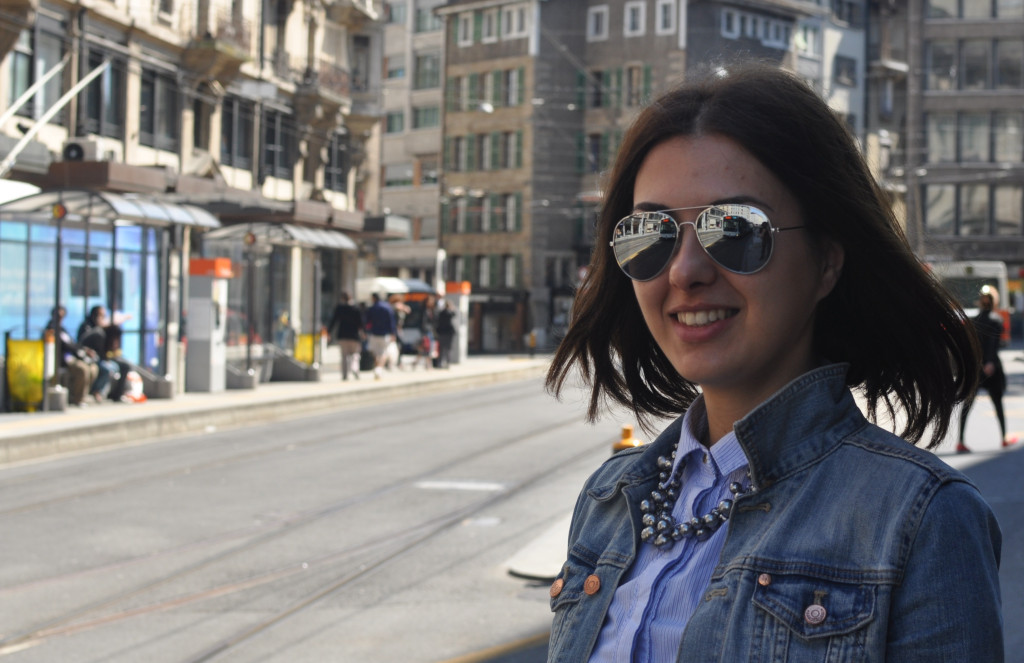You may know from my previous posts I am an intern at HURIDOCS, where I have been building a website for the NGO Women for Development, based in Armenia. Aside from the website, I am also trying to help with different ongoing projects at HURIDOCS.
In my previous posts, I talked about how to plan and start creating a website for a non-profit organization and what are the most important factors to be considered.
Today, I am going share my experience with content writing and making content findable.
Whom Are You Talking To?
Content is very important – in fact, it is perhaps the most important part of any website. Imagine a nicely designed, well-structured site – that is empty. Or one full of text that it is hard to understand and not about what you are looking for. Now that would be a bummer.
To avoid that, I found it helpful to keep our audience in mind: Who is the main group of visitors? Is it a homogenous group or are there several different subgroups? Why will they visit the website? What do we want to tell them? What are they looking for?
Before rushing into writing text, I found it extremely useful to answer these questions for myself.
Create Personas To Define Your Audience
In this process, some organizations create so-called personas. A persona is one person that stands for a subgroup of website visitors – in some organizations they even get a name or a picture. In my case, I did not really have personas as such, because I already had a quite clear idea of the people who usually visit or would be interested in the website. So I went ahead.
Going Beyond Guesswork: Ask Your Peers
Of course, it is impossible to address each one of your visitors on every single page. Some will simply find parts of the content irrelevant to what they are looking for. That’s ok. What is important is that this particular bit of information is interesting to at least one important group of visitors – and not only to you. Writing content for your website should not only be about getting your message out, but also about satisfying your visitors.
There surely is some guesswork involved – or do you know your visitors inside out? – but it helps to ask peers and colleagues to get a better sense of who might visit your site and what information needs they have.
Combining different strategies to decide which content you need is key.
Let the People You Work With Tell Their Stories
One type of content that was particularly dear to us is the stories of the people we work with and who are affected by our work. I believe it is the same for many non-profits: we see our beneficiaries on daily basis, gain inspiration by working with them and our drive is to positively influence their lives.
So the best way to talk about our work is to actually listen to them and share what they say. Therefore, we did interviews for our new website, and were amazed by what our beneficiaries had to say. We could not have come with it ourselves, and we are really proud to share these stories with a larger audience.
Moving Ahead: Think of Design (and Bicycles)
After you have the content or at least the most part of it ready, you can already think of the website design. You don’t really have to invent a bicycle, like we say in Armenia. Have a look into different websites, discuss with your colleagues, combine these ideas and you will come up with a draft image.
I will come back to you with more on various design ideas and options, as soon as I reach that phase. In one of the next posts, I also want to talk about how to make the content I just wrote findable across our website.
Manushak is an intern at HURIDOCS from the NGO Women for Development, based in Armenia. She has joined HURIDOCS for four months as a part of the Open Society Human Rights Internship program. Manushak holds a BA in Theology from Yerevan State University and an LLM in European Law from University of Saarland in Germany.
